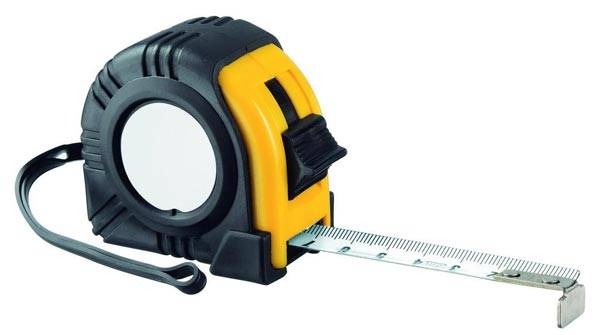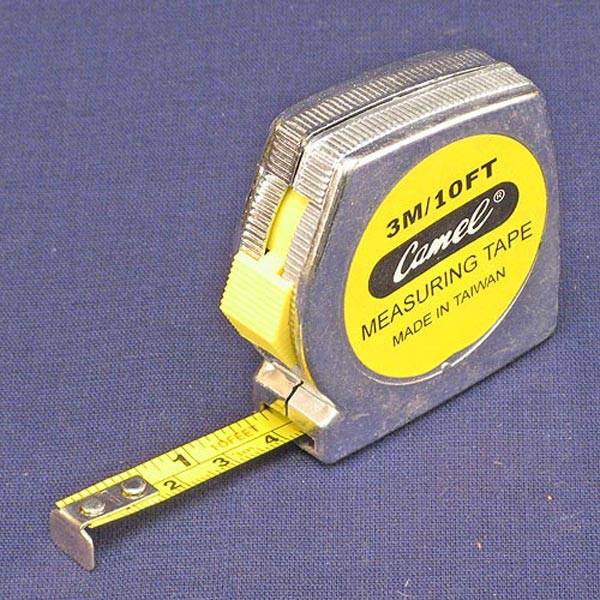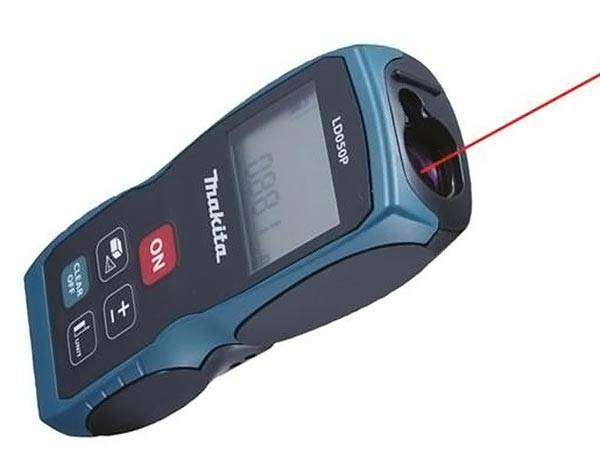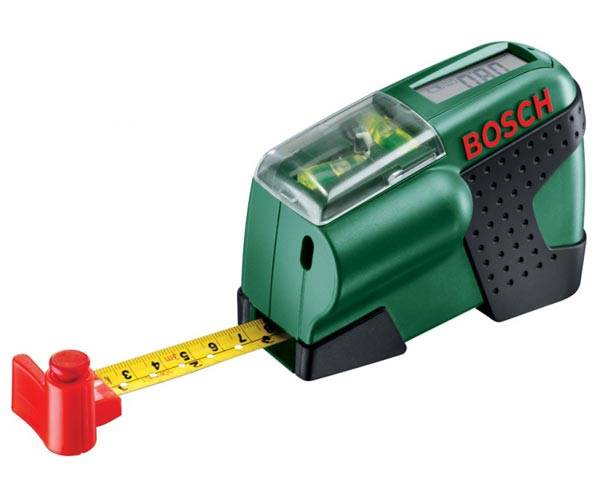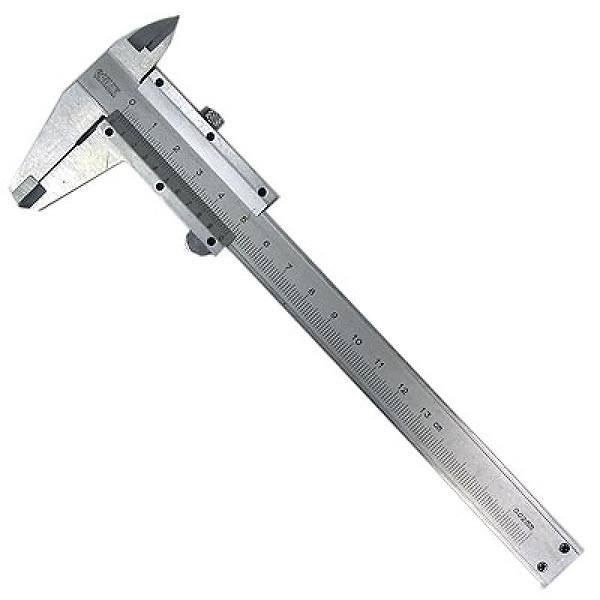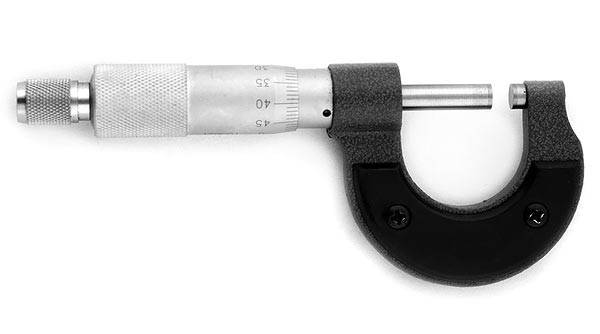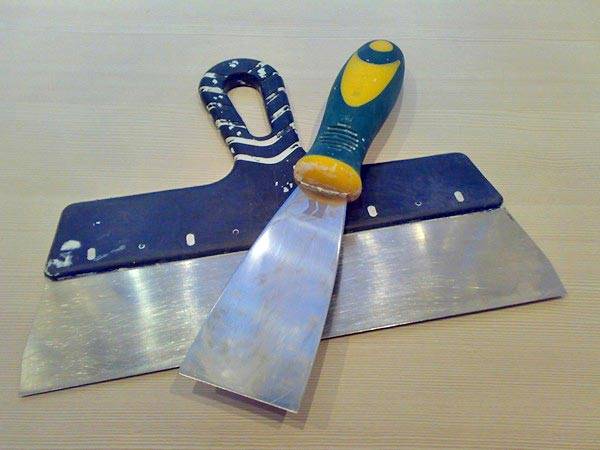What tools are used to measure distances
In construction and domestic repair work, absolute measurement accuracy is required. Correct measurements will prevent unpleasant situations such as mismatching seams, gaps between the wall and the finish. A separate profile tool is used for each type of work. What tools are used to measure distances, we will tell in this article.
The content of the article
Types of popular measuring instruments
- metal tape measure;
- laser tape measure;
- micrometer;
- level;
- calipers.
In hardware stores you can find any construction tool you are interested in. Also, many companies offer a rental service for such devices, which reduces construction and renovation costs. In addition, this procedure excludes the purchase of low-quality construction tools. Also you can use several models and choose the best one to purchase for personal use.
Metal tape measure
Available in nominal spacings up to 20 m with a catch mechanism at the free end. Suitable for simple indoor and outdoor measurements.
Benefits:
- The ability to take readings in any weather.
- Environmental Safety.
- Lack of batteries.
- Long service life.
- Minimum error.
Disadvantages:
- Fixed maximum length.
- Inability to use in hard-to-reach places.
- With frequent contact with water, corrosion may develop.
- Large dimensions.
Laser tape measure
What tools should be used to measure long distances in hard-to-reach places? Conventional equipment has been replaced by laser tape measures that can measure long distances. It is a highly technical device that quickly and accurately takes readings of any level of complexity.
Each instrument is equipped with a quality display that shows readings and settings. The operation is based on the principle of reading the time interval during which the laser beam reaches the end point.
They are widely used in all types of construction work - finishing, reconstruction, construction of walls and structures. By setting the device to the starting point and pressing the start, the measurement result will be displayed in a matter of seconds.
Device advantages:
- Measurement in impassable terrain.
- Taking readings alone.
- High measurement accuracy.
- Work in difficult weather conditions.
- Storing multiple readings.
- Built-in calculator.
- Ability to take readings without touching surfaces.
- Converting data to various systems.
- Height measuring function.
Disadvantages:
- Cost. Almost all models are expensive.
- The need to use a tripod for taking readings at long distances.
- Large error when measuring short lengths.
- In cold conditions, the battery may drain quickly.
Recommendations
To improve the accuracy of the readings, a target is placed on the end point. Save measurements in memory to select the best repair option.
Cheap Chinese counterparts give a large error over the entire measurement range. It is not recommended to use such roulettes to remove control and critical digits.
Related article:
Self-leveling laser level 360 degrees. Practical advice on choosing a quality device in a separate publication of our portal.
Short Distance Measuring Instruments
What tools are used to measure small distances, such as the diameter of wires, bolts, fittings, etc.? There is only one answer - high-precision. These include a caliper, inner gauge and micrometer. The desired object is placed between the strips or clamps of the measuring device that correspond to the data on the scale. Built-in bayonets or rods are used to measure the depth of hollow objects. The accuracy of the readings is calculated to a tenth of a millimeter.
Levels
What tools are used to measure distances on the ground and on flat surfaces? These are levels. Widely used for finishing works - laying tiles and solid wall and floor materials for taking building data and ground levels. With the help of the device, you can make accurate markings, formulate the correct direction of the walls, etc. Standard devices are equipped with an eyepiece and a scale, new ones use laser beams. Levels can only be used in conjunction with tripods to improve the accuracy of readings and avoid shaking the device during operation.
Recommendations
- Buy measuring instruments from trusted hardware stores. On the market, you can often find fakes, which after several uses will come into a malfunction.
- If you do not plan to use the device in the future, you can save money and rent the equipment for the required period.
- Check instruments before responsible measurements. Even the most expensive equipment can fail. A routine check can do a good job for you.
- Do not leave battery powered devices on. After a deep discharge, the battery may lose some of its capacity.
- It is not recommended to use devices with batteries in severe frosts outside, low temperatures adversely affect the operation of any devices.
Conclusion
Choose only high quality distance measuring devices. The success of construction and installation work depends on their serviceability and accuracy of readings. Use measuring devices at all stages of construction to minimize measurement errors.




